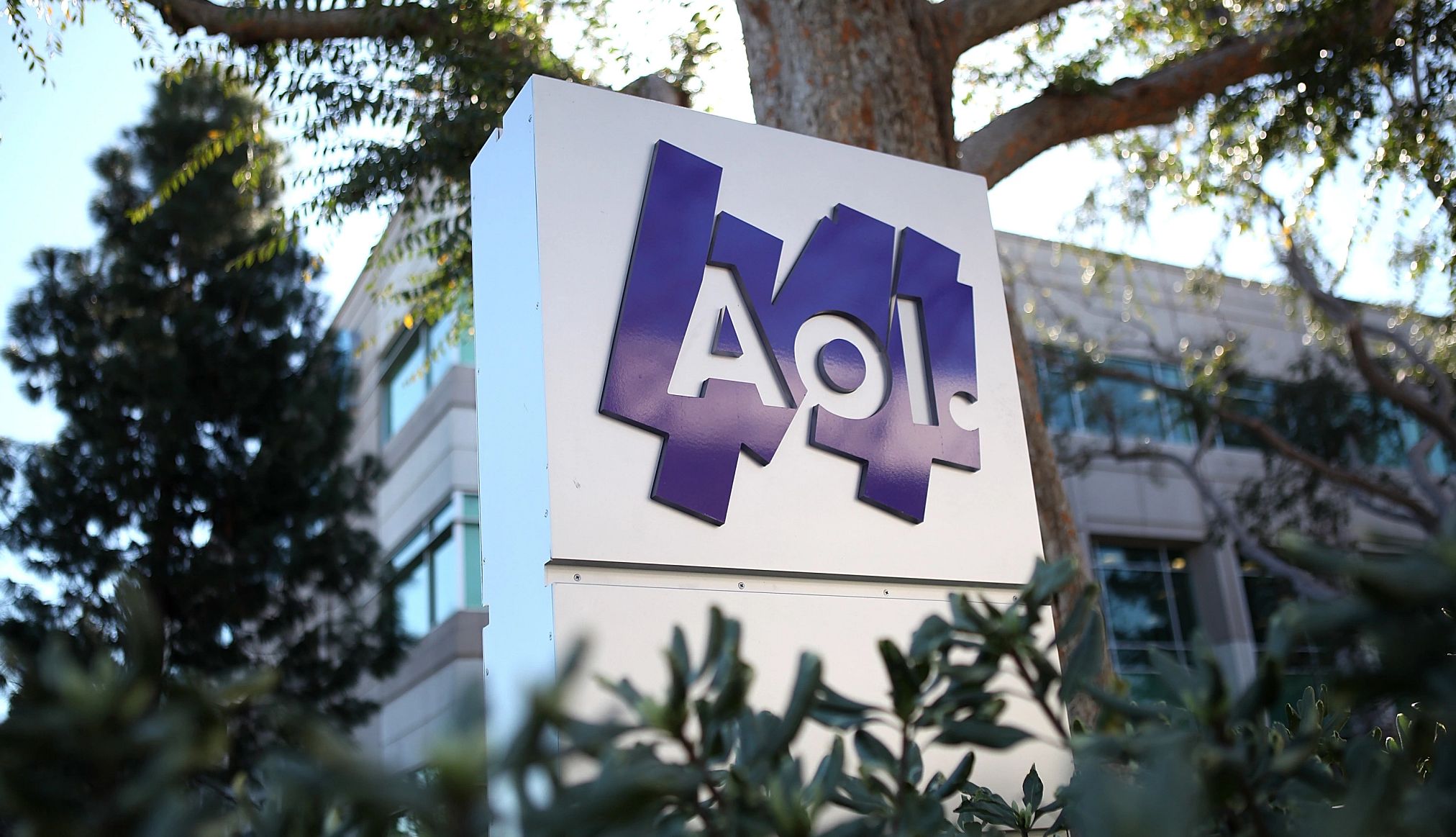AARP Hearing Center


Almost anyone who spent time in cyberspace during the early 1990s has the staticky beeps and buzzes of dial-up etched in their psyche. Or what Vice refers to as an “angry lizard screech.”
That soundtrack was the squeal heard around the internet when you connected a phone cord from a wall jack to a poky modem in your computer and dialed out. For most people, the cyber-destination was America Online, which came to be better known as AOL.
AOL flooded the public with ubiquitous installation discs to encourage sign-ups, and thanks to the famous “You’ve Got Mail” catchphrase, later the title of a popular movie starring Tom Hanks and Meg Ryan, this led to many consumers' first experience with email.
In the decades since, AOL has been on a corporate roller coaster. And now, the present iteration of AOL announced it will be pulling the plug on dial-up internet at the end of September, leaving the last few remaining dial-up diehards in the dust.
AOL dial-up is not the only communications fixture from the past to go bye-bye. Microsoft recently retired Skype after 22 years.
Dial-up crowd had few broadband options
It may be hard for folks who’ve long embraced the era of speedy broadband, wireless and even satellite connectivity to believe that people are still accessing the internet through what they assumed was a relic of yesteryear. Yet just over 163,000 people were still using dial-up to get online, according to 2023 Census Bureau estimates. The figure represents 0.13 percent of all U.S. homes with an internet subscription.
One major reason is the digital divide.


































































More From AARP
How to Make Artificial Intelligence Work for You
Tech can improve your life, from preparing to see the doctor to choosing what to watch
Can I Hear Better Wearing These Eyeglasses?
Microphones, speakers hide inside regular-looking frames
My Wi-Fi is Lousy, What Can I Do?
Boost Wi-Fi without breaking the bank with simple solutions